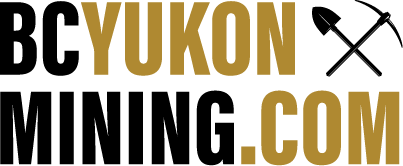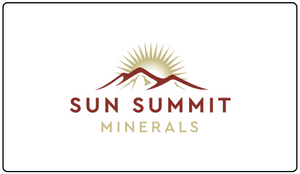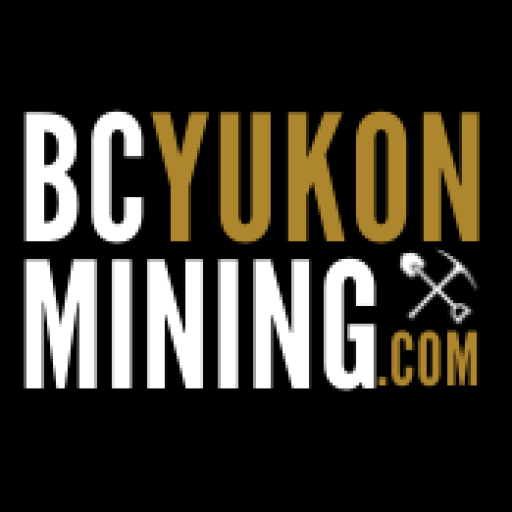(Vancouver, May 17, 2022) – Rokmaster Resources Corp. (TSX-V: RKR) (OTCQB: RKMSF) (FSE: 1RR1) (“Rokmaster” or the “Company”) is pleased to announce initial assay results from diamond drilling on the Duncan Lake Zinc Project. An initial drilling campaign was completed in early April 2022 with the purpose of confirming historical drill intersections as well as providing valuable geological information.
Three drillholes totalling 681.2 metres were wedged off historical Cominco Ltd.’s (now “Teck Resources Limited” or “Teck”) drillhole 97-12, located 2.0 kilometres northwest of Teck’s Duncan Mine Portal (Figure 1). Partial assay results for one of the three drillholes, D22-02, are presented in this news release. Assay results for drillholes D22-01, D22-03, and parts of D22-02 remain in process.
Drillhole D22-01 extended drillhole 97-12 by 164.4 m to a total depth of 1,000.6 m. The drillhole cored silicified Badshot Limestone in the west limb of the Duncan Anticline. At the Duncan Lake Mine, 1,350 m to the south of DDH D22-01, the west limb of the Duncan Anticline hosts the No.6 Zone, a broadly mineralized horizon with moderate lead and zinc endowment. Drillhole D22-01 successfully confirmed that the west limb of the Duncan Anticline exists north of historical drillhole 91-8, however visual observations suggests that it is weakly mineralized in this area. The northerly continuation of both limbs of the permissive Badshot limestone on Rokmaster’s Duncan Lake claims continues to represent a strong Ag-Pb-Zn target over a strike length of 1.7 km.
Drillhole D22-03 tested the interpreted crest of the Duncan Anticline and encountered intensely silicified Badshot Limestone that is locally mineralized with sphalerite and galena. Unexpectedly strong, upward deflection of this drillhole, forced the trace of the drillhole to deviate above the intended target, the lower Badshot Limestone – Mohican sediment contact.
Drillhole D22-02 was designed to test the continuity of the strong mineralization previously cored in the No. 7 Zone by drillhole 97-12. Drillhole D22-02 cored a 34.75 m wide zone of semi-massive pyrite-sphalerite-galena mineralization. The silver assays in DDH D22-02 add further value to the carbonate hosted Pb-Zn mineralized zones in this area of Duncan Lake, Table 1. Through decades of exploration, the Duncan Camp has not been known to host significant silver concentrations paired with the Pb-Zn mineralization. Silver grades averaged 1.7 g/t Ag from historic Cominco drilling north of the Duncan Mine between 1989 and 1995. During the largest drill campaign by Teck Cominco in 1997, they did not assay for silver and the strength and significance of silver in the Duncan Lake Mine area may not have been fully recognized.
Table 1. Partial Assay Results DDH D22-021
| DDH | From (m) | To (m) | Length (m) | Ag g/t | Pb % | Zn % |
| D22-02 | 611.85 | 646.60 | 34.75 | 7.03 | 1.56 | 1.76 |
| including | 617.34 | 621.00 | 3.66 | 17.28 | 7.29 | 4.94 |
| also including | 629.77 | 632.70 | 2.93 | 13.10 | 3.76 | 3.28 |
| also including | 643.70 | 646.60 | 2.90 | 9.59 | 0.12 | 3.90 |
Footnote 1. Reported widths of mineralization are drill hole intervals or core lengths recovered. Insufficient data exists to permit the calculation of a true width of the reported mineralized interval.
John Mirko, President and CEO of Rokmaster, stated: “The trend of increasing silver grades to the north of the Duncan Lake mine suggested by Rokmaster (News Release Dec. 20, 2021) is supported by the enhanced silver values obtained from DDH D22-02. The data suggests that carbonate hosted lead zinc occurrences in the Duncan Lake area offers shareholders the opportunity to purse both a strong zinc-lead target as well as a promising silver enhanced target. Rokmaster’s Duncan Lake exploration programs are undertaken in an area with excellent access, near Teck’s smelter, with the right metallogenic ‘address’, and on a claim package large enough to reflect the scale of this impressive mineralizing system.”
Quality Assurance/Quality Control. The press release documents the results of drill core samples collected at Duncan Lake. All samples were shipped to MSA Labs in Langley, British Columbia. MSA is an ISO 17025 (Testing and Calibration Laboratory) and an ISO 9001 (Quality Management System) Certified Laboratory. Rock samples were crushed to 2 mm and a 250-gram sub sample was pulverized with 85% of the sample passing 75 microns. The sub sample was analysed using a combination of MSA Labs FAS111 for Au and IMS–230 (4 acid digestion) for silver, base metals and other trace elements. FAS111 for gold is an ore grade fire assay of a 30 g pulp with an AAS finish with a detection range between 0.01 and 100 ppm). IMS-230 utilizes four acid digestion and provides trace level analytical data on silver, base metals and 44 other elements. Samples that returned >1.0% Pb or >1.0% Zn from IMS-230 were automatically re-analyzed for Pb and Zn by overlimits assay methods ICF-6Pb and ICF-6Zn, respectively. In addition to internal MSA lab standards, Rokmaster submitted known standards into the sample stream.
The technical information in this news release has been prepared in accordance with Canadian regulatory requirements as set out in National Instrument 43-101 and reviewed and approved by Eric Titley, P. Geo., who is independent of the Company and who acts as Rokmaster’s Qualified Person.
An updated corporate presentation, figures and photos are available on Rokmaster’s website at https://rokmaster.com/projects/duncan-lake-zinc/maps-and-figures/
For more information please contact Mr. John Mirko, CEO of Rokmaster Resources, jmirko@rokmaster.com, Ph. 1-604-290-4647.
For shareholder information please contact:
Mike Kordysz, mkordysz@rokmaster.com, Ph. +1 (604) 319-3171
On Behalf of the Board of Directors of
Rokmaster Resources Corp.
John Mirko,
President & Chief Executive Officer.













